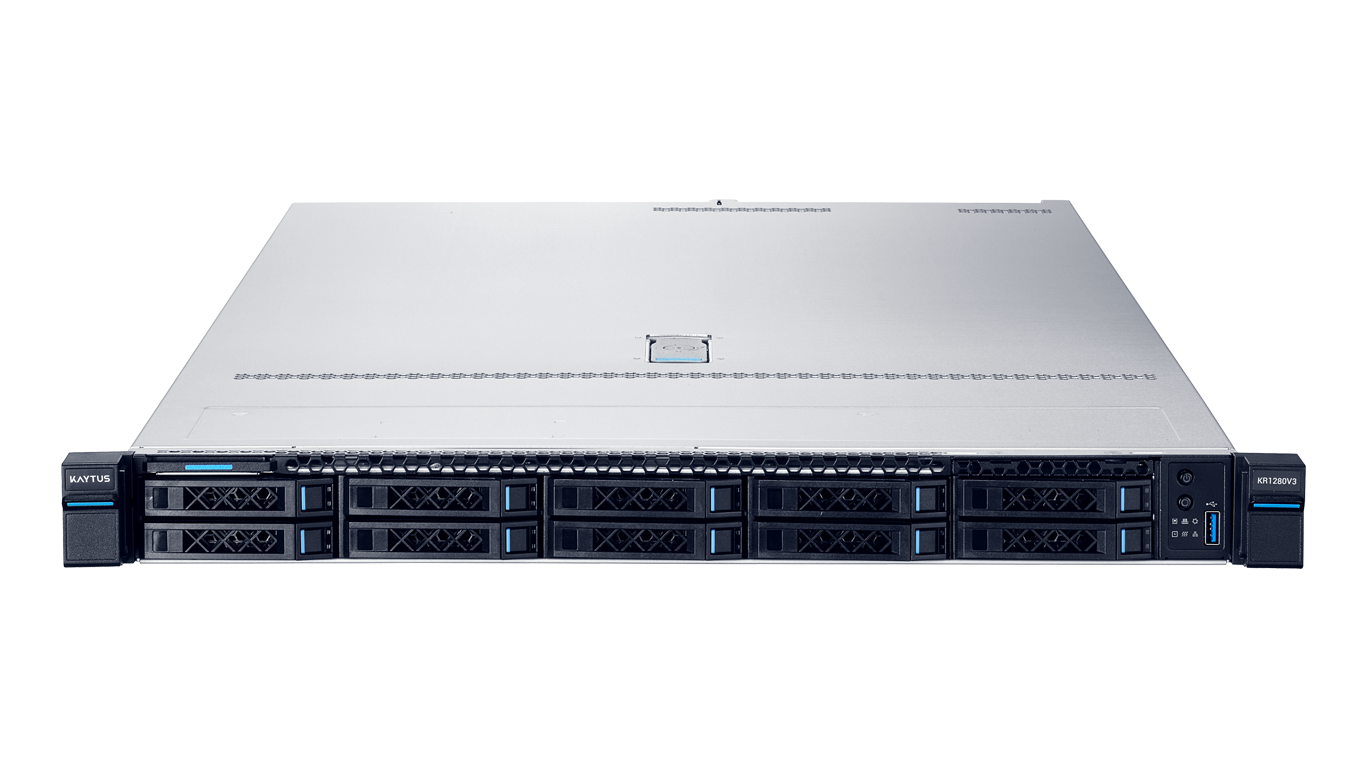As PC hardware continues to push the boundaries of performance, managing heat has become a critical challenge. High-end GPUs, especially those used for gaming, AI, and 3D rendering, generate massive amounts of heat under heavy workloads. Traditional air cooling solutions often struggle to keep temperatures in check, leading to thermal throttling and reduced efficiency. This is where liquid cooling GPU systems come into play, offering superior thermal management and unlocking the full potential of modern graphics cards.
Why Liquid Cooling for GPUs?
Liquid cooling has long been a preferred solution for high-performance CPUs, and it is now gaining traction in the GPU space. Unlike air coolers, which rely on bulky heatsinks and fans, liquid cooling GPU setups use a closed-loop or custom cooling system to transfer heat away from the GPU core more efficiently. The liquid absorbs heat and carries it to a radiator, where it is dissipated into the air. This method allows for lower operating temperatures, reduced noise levels, and more stable performance under extreme loads.
Benefits of Liquid Cooling for GPUs
1. Lower Temperatures, Higher Performance
Liquid cooling can drop GPU temperatures by 20-30°C compared to stock air coolers. This means less thermal throttling and higher sustained clock speeds, leading to better frame rates in games and faster rendering times in creative workloads.
2. Quieter Operation
High-performance air-cooled GPUs often require loud fans to maintain optimal temperatures. A liquid cooling GPU setup, on the other hand, relies on larger, slower-spinning radiator fans, resulting in a much quieter system.
3. Improved Overclocking Potential
Enthusiasts looking to push their GPUs beyond factory limits will benefit from liquid cooling. The reduced thermal load allows for higher voltage and clock speed adjustments without risking overheating.
4. Aesthetic and Space Efficiency
Custom liquid cooling loops, with their sleek tubing and RGB lighting, can transform a PC into a visual masterpiece. Additionally, removing bulky GPU air coolers can improve airflow inside the case.
Types of Liquid Cooling GPU
- AIO (All-in-One) Liquid Coolers – Pre-built, maintenance-free solutions that are easy to install and ideal for beginners.
- Custom Loop Cooling – Advanced users can build a bespoke cooling system with separate pumps, reservoirs, and radiators for maximum performance.
- Hybrid Coolers – Some GPUs come with a combination of liquid cooling for the GPU core and air cooling for VRAM and VRMs.
Is Liquid Cooling Right for You?
While liquid cooling GPU systems offer clear advantages, they also come with higher costs and complexity. AIO coolers are a great entry point, but custom loops require regular maintenance to prevent leaks or pump failures. However, for gamers, content creators, and professionals who demand peak performance, liquid cooling is an investment worth considering.
Final Thoughts
As GPUs become increasingly powerful and efficient, cooling solutions will become increasingly important. Liquid cooling GPU technology provides an effective way to tame heat, boost performance, and enhance system longevity. Whether you opt for a simple AIO or a full custom loop, liquid cooling ensures your GPU runs cooler, quieter, and faster than ever before.
The Rise of Liquid Cooling for GPUs: A Game-Changer in PC Performance


